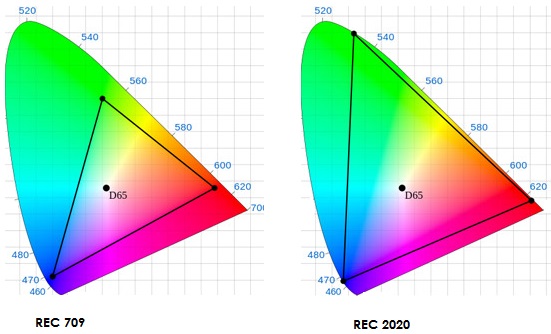
Atom Series | Transparent Glass LED Display
Atom Series displays become undetectable when viewing from 5 meters and beyond. The displays’ high resolution allows for incredible graphics and motion effects that combine with transparency in ways that give artists and designers new possibilities for their creative vision, and with more than 80% transparency.
More than 80% transparency. Atom Series displays become undetectable when viewing from 5 meters and beyond. The displays’ high resolution allows for incredible graphics and motion effects that combine with transparency in ways that give artists and designers new
possibilities for their creative vision.
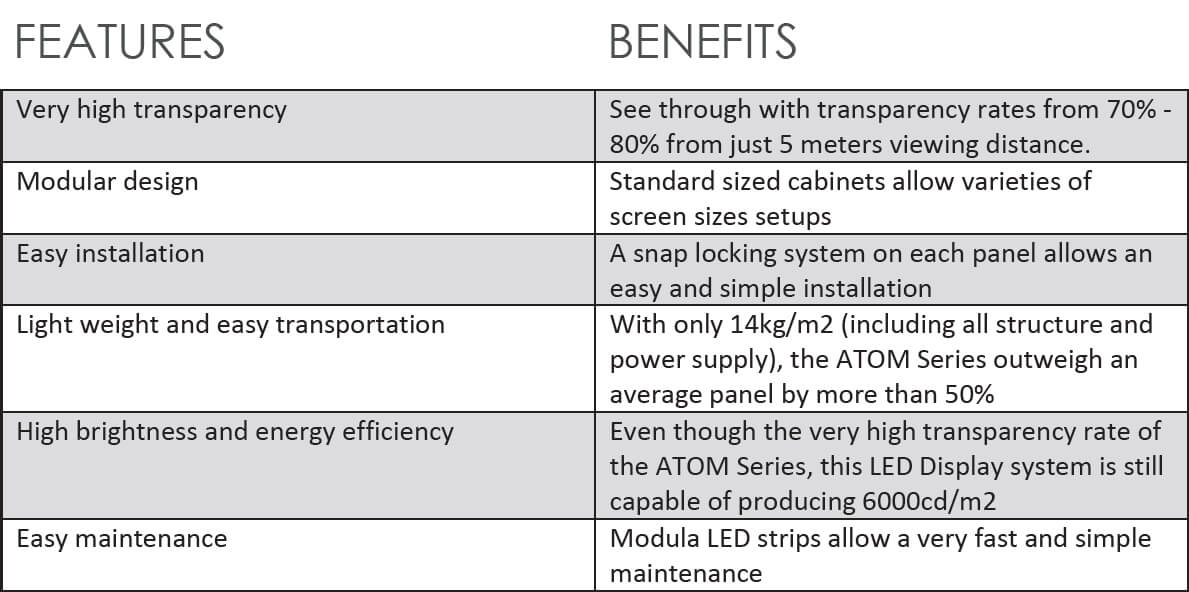
More than 80% transparency. Atom Series displays become undetectable when viewing from 5 meters and beyond.
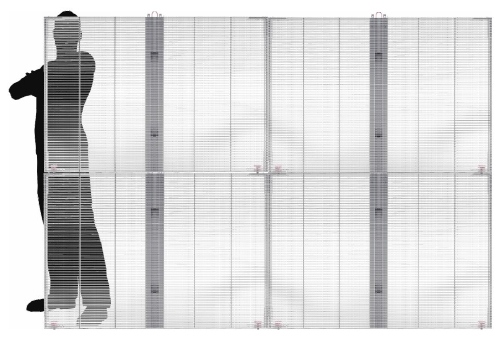
Fast lock, to fix the cabinets quickly. Increase to amazing high transparency for better view, no fence design, looks like a real curtain.
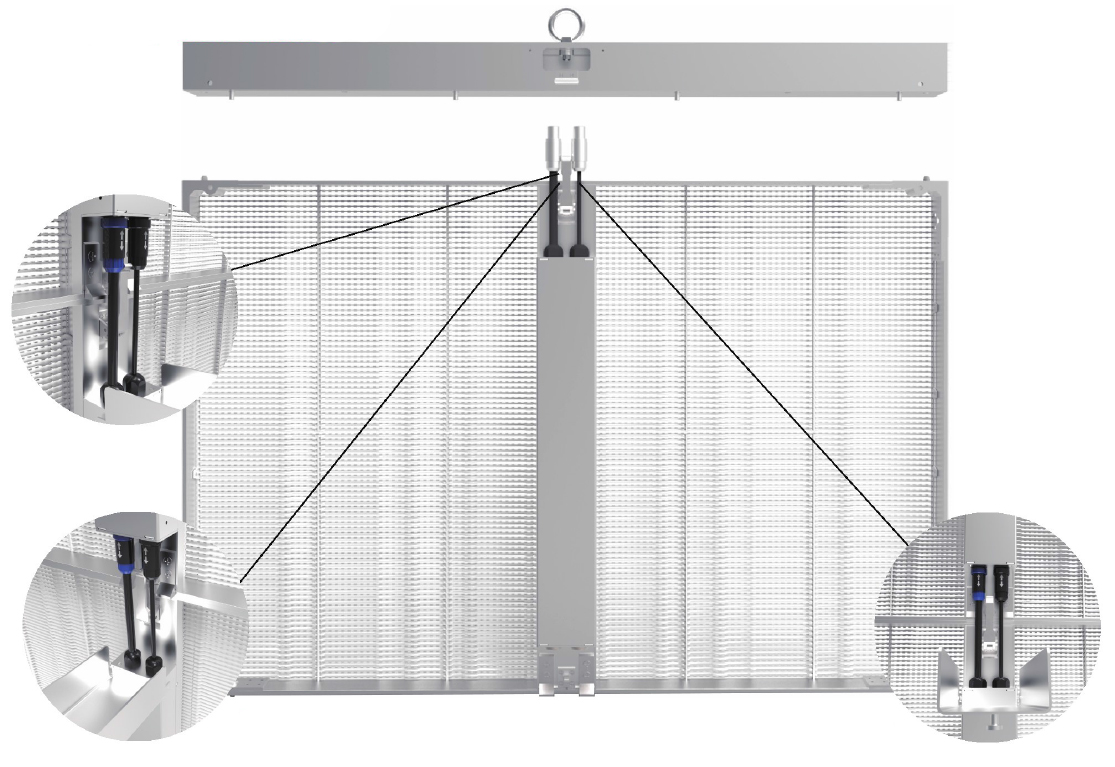
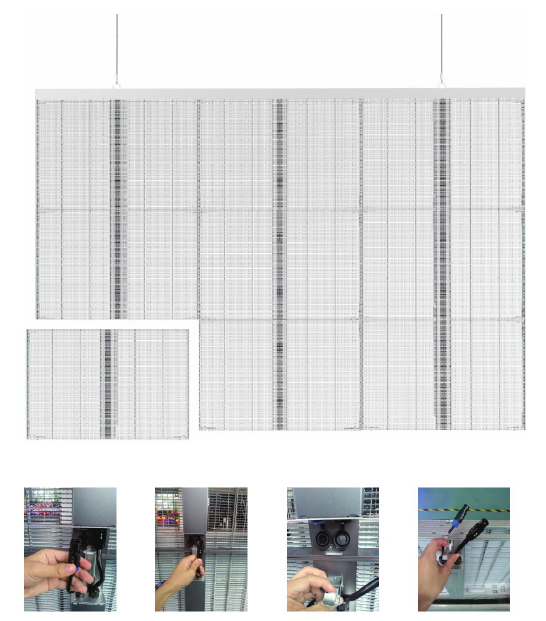
All X & Y coordinates are kept in our client project database. When you order new tiles for an existing project we retrieve the original X & Y coordinates. This ensures during calibration all colors are matched properly. Typically in video mode you will not see any color differences, however when white is at 50% brightness the user may see a slight difference in color.
After calibrating with our Radiant PM-1400F Calibration System in a dark room, the wave length difference for each color will only be less than 0.01nm. Our patented control system allows users to select several different color spaces such as; 2k (REC709), 4K (REC2020) or create your own color space by using our user-friendly software.
The same batch of LED’s with discrete distribution are all moved to PAL Mode Chroma Area through color coordinate calibration Technology. Since each LED batch produced has different coordinates this requires precise color calibration, which in turn allows:
1. Allows the LED display to show natural and vivid colors.
2. Ensures that all LEDs have been color rendered
If an single pixel fails, the data will be read-out from the EEPROM and then re-wrote to the replacement chip. After this process the brightness value is calibrated again to ensure the uniformity of the entire system, thus providing easy and fast maintainability. At the same time, the system records every displays’ initial calibration data to avoid uneven brightness caused by led attenuation. The updated screen brightness calibration data and recorded data, both ensure the uniformity of
the display’s brightness over a period of time.
